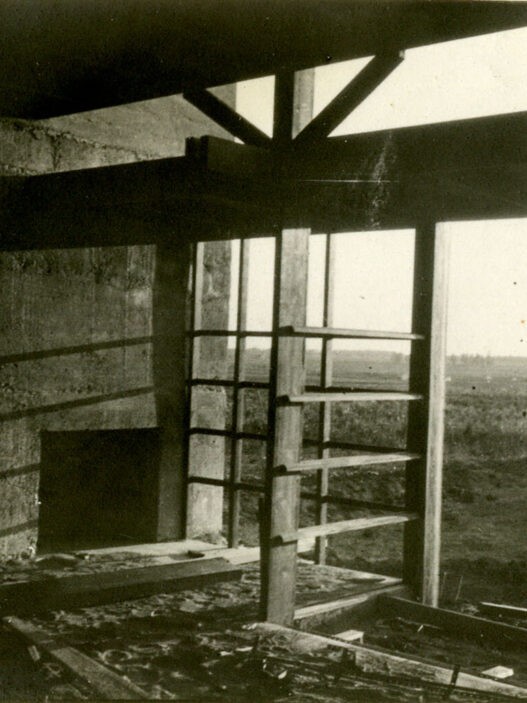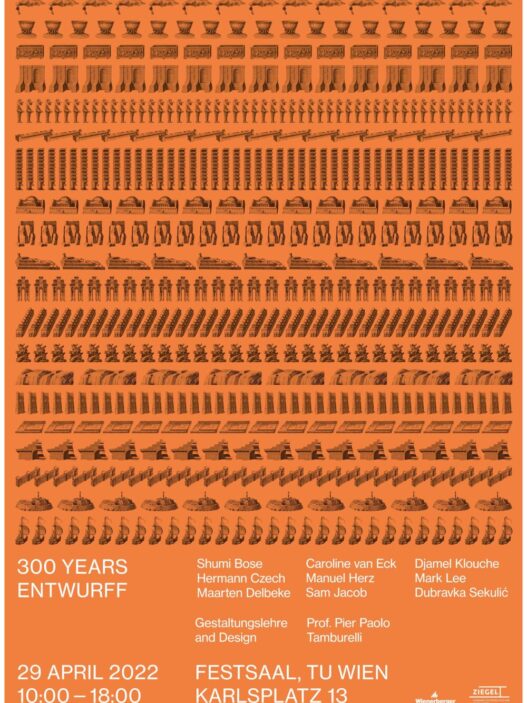The British Museum has announced a significant redesign of its “Western Range,” a vast portion of its display space, which includes iconic collections such as those from Ancient Egypt, Greece, and Rome. This extensive renovation project is a key component of the museum’s broader masterplan aimed at modernizing the institution while preserving its historic architecture. The redesign effort will span 15,650 square meters, encompassing both gallery spaces and back-of-house areas.
A key feature of the renovation is the assessment of shortlisted candidates through a series of “design exercises” to be held at the British Museum. These exercises are designed to evaluate how well the candidates’ concepts integrate with the museum’s historic architecture and their overall exhibition design approach. The entries from these candidates will be displayed in the museum’s iconic Round Reading Room from December 2024, with the winning design expected to be announced in early 2025.
The Western Range, which comprises approximately one-third of the museum’s overall gallery space, includes structures dating back to the 1850s, designed by architect Robert Smirke, as well as later additions such as Galleries 10 and 22. “All of the buildings are in need of upgrade to meet contemporary building performance standards, and many contain highly significant heritage building fabric,” the museum stated. This underlines the challenge faced by the redesign project, which must balance the modernization of the space with the preservation of its historical integrity.
The selection of the winning design will be overseen by a panel of ten distinguished members, chaired by George Osborne, the chair of the museum board and former Member of Parliament. The panel includes notable figures such as Irish architect Yvonne Farrell, Meneesha Kellay, senior curator of contemporary art at the Victoria and Albert Museum, former British Museum interim director Mark Jones, and the current director, Nicholas Cullinan.
The Western Range overhaul is just one part of the British Museum’s comprehensive masterplan, which also includes the development of a new Energy Centre aimed at making the institution more sustainable. This facility will phase out the use of fossil fuels, replacing them with low-carbon technologies, and is projected to save 1,700 tonnes of carbon dioxide annually. The British government is partially funding this project, which aligns with the museum’s broader commitment to reducing its carbon footprint.
In addition to the Energy Centre, the museum also opened a new £64 million storage and research facility in Berkshire earlier this year, known as BM_ARC, further demonstrating its commitment to modernizing its infrastructure.
However, the redevelopment project has not been without controversy. Earlier this year, the museum faced criticism from environmental groups after it was announced that oil and gas company BP would be contributing £50 million over the next decade to help fund the renovations. In response, environmental campaigners urged prospective architects to boycott the design contest as a protest against the museum’s acceptance of funding from fossil fuel companies.
Despite the criticism, the British Museum is moving forward with its ambitious plans, which will likely cost hundreds of millions of pounds, potentially exceeding a billion. The redesign of the Western Range is a key part of this vision, aiming to create a modern, sustainable space that preserves the historical and cultural significance of one of the world’s most iconic museums.









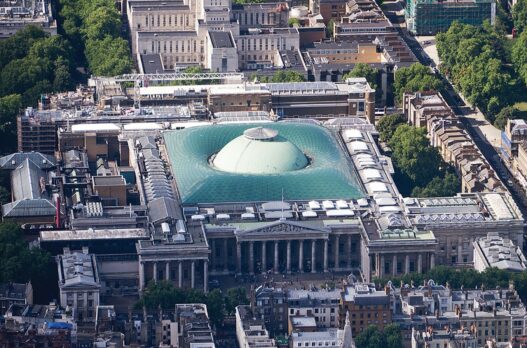




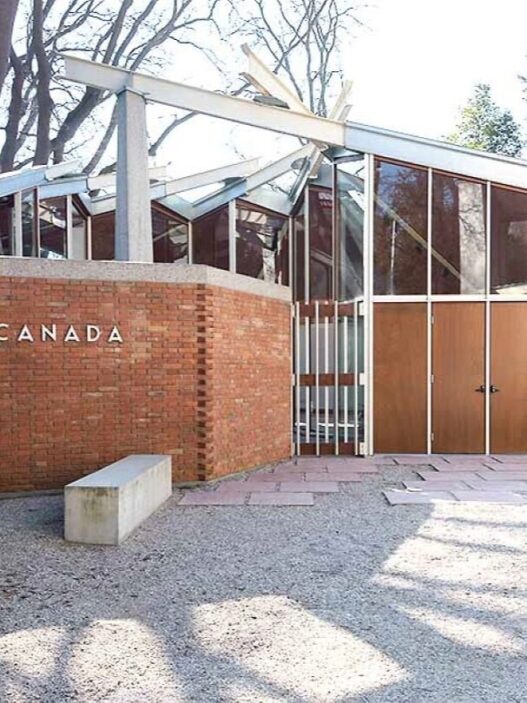
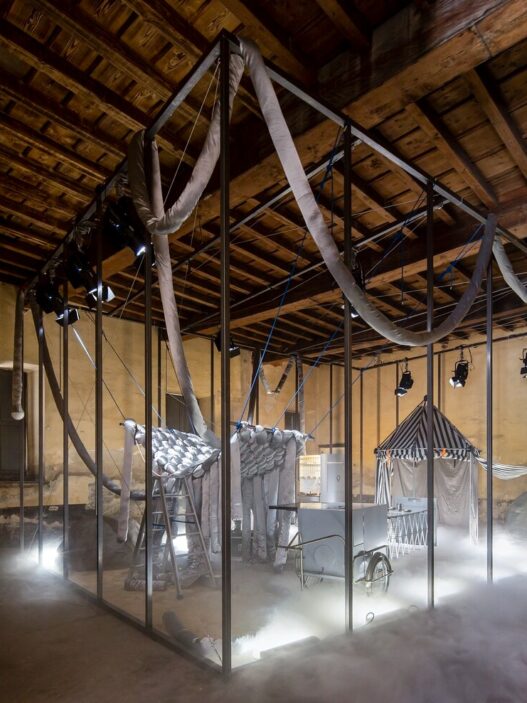


![[1] and [2] C o S A catalogue. Design: Marilena Hewitt of Platypus Publications. [3] Heba Y. Amin, Project Speak2Tweet, 2011–ongoing. Three-channel video installation. Courtesy the artist and Zilberman Gallery. [4] D Harding, Discussion points originating from Central Queensland – towards Aboriginal Architectures, 2021. Graphite on paper, 21 x 156 cm. Courtesy of the artist and Milani Gallery. [5] HWKN, drawing for We The People – a prototype, 2021. Installation: free-standing columns. Courtesy HWKN.](https://dailyart.news/wp-content/uploads/2022/05/shadow_architecture-527x703.gif)
